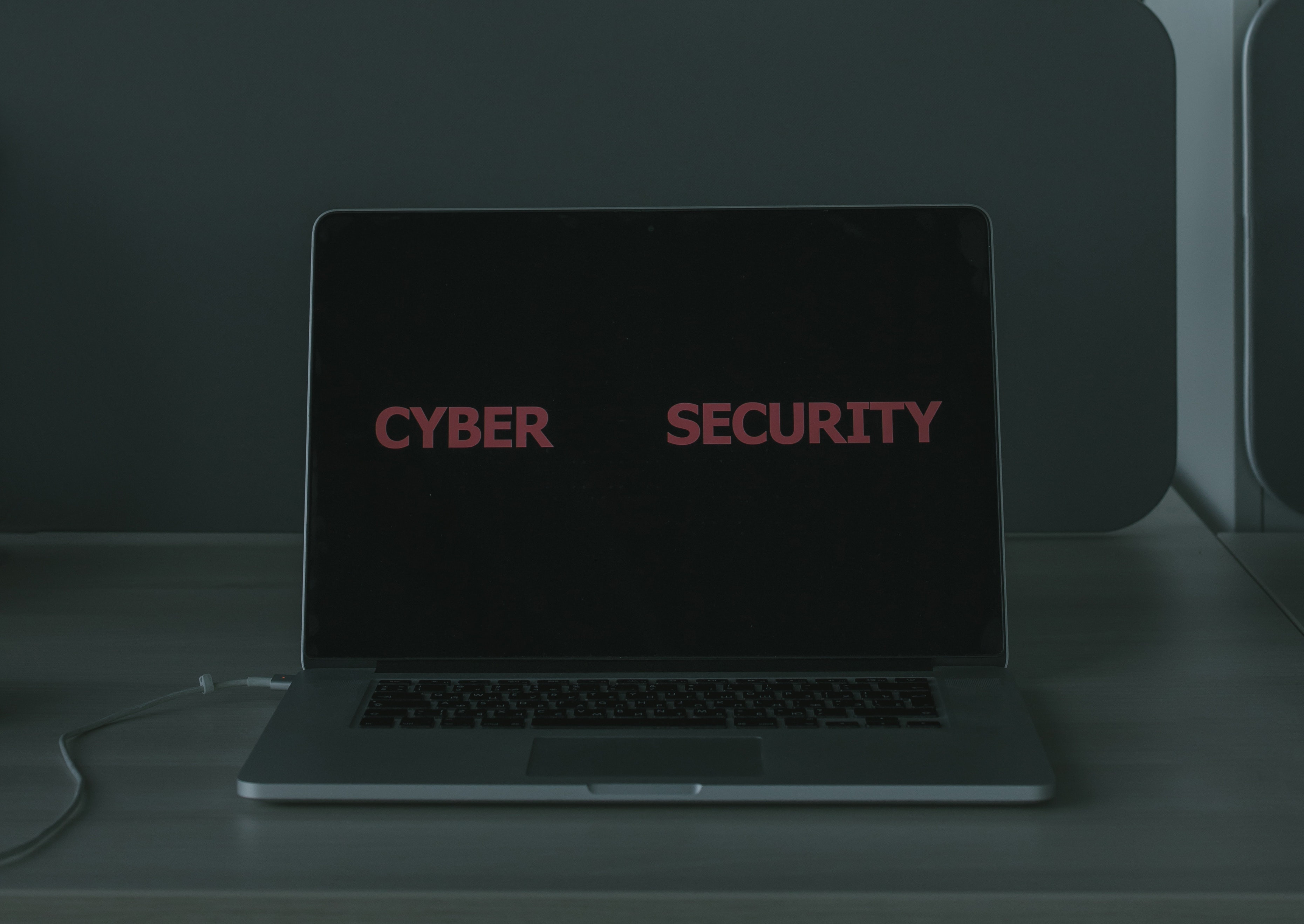
As businesses continue to rely more and more on technology to operate and communicate, the importance of cybersecurity becomes increasingly critical. Cybersecurity threats can range from data breaches to ransomware attacks, and businesses need to be aware of these threats and take measures to protect themselves. In this blog, we will discuss the threats facing businesses in the realm of cybersecurity and the solutions available to mitigate those threats.
Threats
Malware is any malicious software designed to disrupt, damage, or gain unauthorized access to a computer system. Malware attacks can take many forms, including viruses, Trojans, and ransomware.
Phishing attacks are attempts to obtain sensitive information, such as usernames, passwords, and credit card details, by posing as a trustworthy entity in an email or other electronic communication.
Insider threats are security risks posed by individuals who have access to sensitive information or computer systems, such as employees, contractors, or vendors. These individuals may intentionally or unintentionally compromise the security of the business.
DoS attacks are attempts to disrupt the availability of a website or other online service by overwhelming it with traffic or other types of requests, making it inaccessible to users.
Solutions
One of the most effective ways to mitigate cybersecurity threats is by providing regular training to employees. This can include training on how to recognize and respond to phishing emails, how to identify and report suspicious activity, and best practices for password management.
Firewalls and antivirus software can provide an additional layer of protection against malware attacks. Firewalls can monitor and control network traffic, while antivirus software can detect and remove malware from computer systems.
Encryption is the process of converting sensitive data into an unreadable format to prevent unauthorized access. By encrypting data both in transit and at rest, businesses can protect their sensitive information from cyber threats.
Multi-factor authentication (MFA) is a security measure that requires users to provide multiple forms of authentication before accessing a system or application. This can include a password, a fingerprint, or a text message code, making it more difficult for cybercriminals to gain unauthorized access.
Businesses should have a disaster recovery and business continuity plan in place to prepare for and respond to cybersecurity incidents. This can include regularly backing up data, creating an incident response team, and testing the plan to ensure it is effective.
In conclusion, cybersecurity threats can have a significant impact on businesses, both in terms of financial loss and damage to reputation. By understanding the threats facing their businesses and implementing the solutions discussed above, businesses can better protect themselves from cyber threats and ensure the safety and security of their data and systems. Regular employee training, the use of firewalls and antivirus software, encryption, MFA, and disaster recovery and business continuity planning are all important components of a comprehensive cybersecurity strategy.

